Volvo XC40 T5 Recharge Review: Why The Petrol Is A Better Buy
The Volvo XC40 T5 Recharge is the first PHEV in its class for Malaysia, but is it better than the petrol version?
When Volvo Car Malaysia launched the refreshed 2021 XC40, they brought the price of the standard 2.0L turbo T5 model down a notch and introduced the T5 Recharge Plug-in Hybrid as the new ‘halo’ variant. However, having driven both cars, we have to say that the standard petrol model (confusingly also called the T5) isn’t just better value, but it’s actually a better car in many regards. But before we get into that, let’s just get a few positives about this T5 Recharge model out of the way.
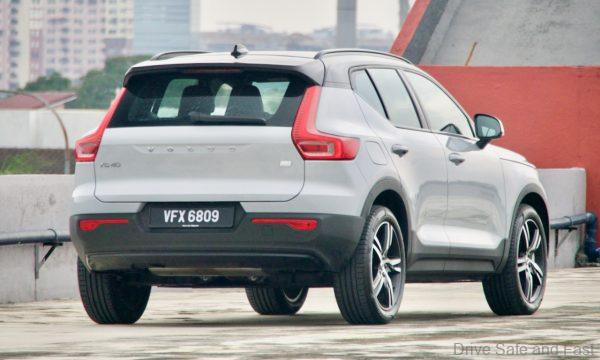
The first thing that we liked about the Volvo XC40 T5 Recharge was that it actually broke new ground in Malaysia. It was the first ever plug-in hybrid compact crossover, beating Benz and BMW to the punch – neither brand have a PHEV compact crossover on offer as of writing this, and about one year has passed since the launch.
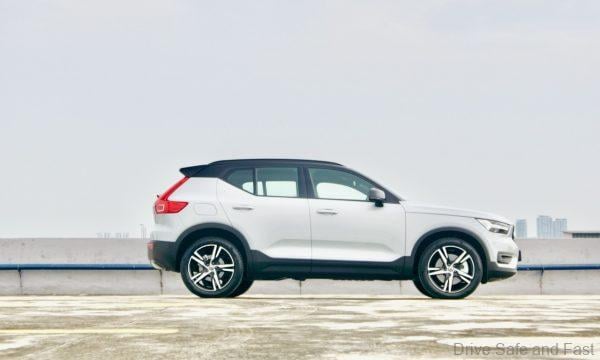
The second thing to note is that this is actually one of the best ways to get one foot in the PHEV game. At RM242K, the XC40 T5 Recharge gives you a better overall warranty package (5 years for car, 8 years/160,000km for battery) and a competitive electric-only range of 45km than something like the BMW 330e, which costs RM250K with an intentionally handicapped warranty.
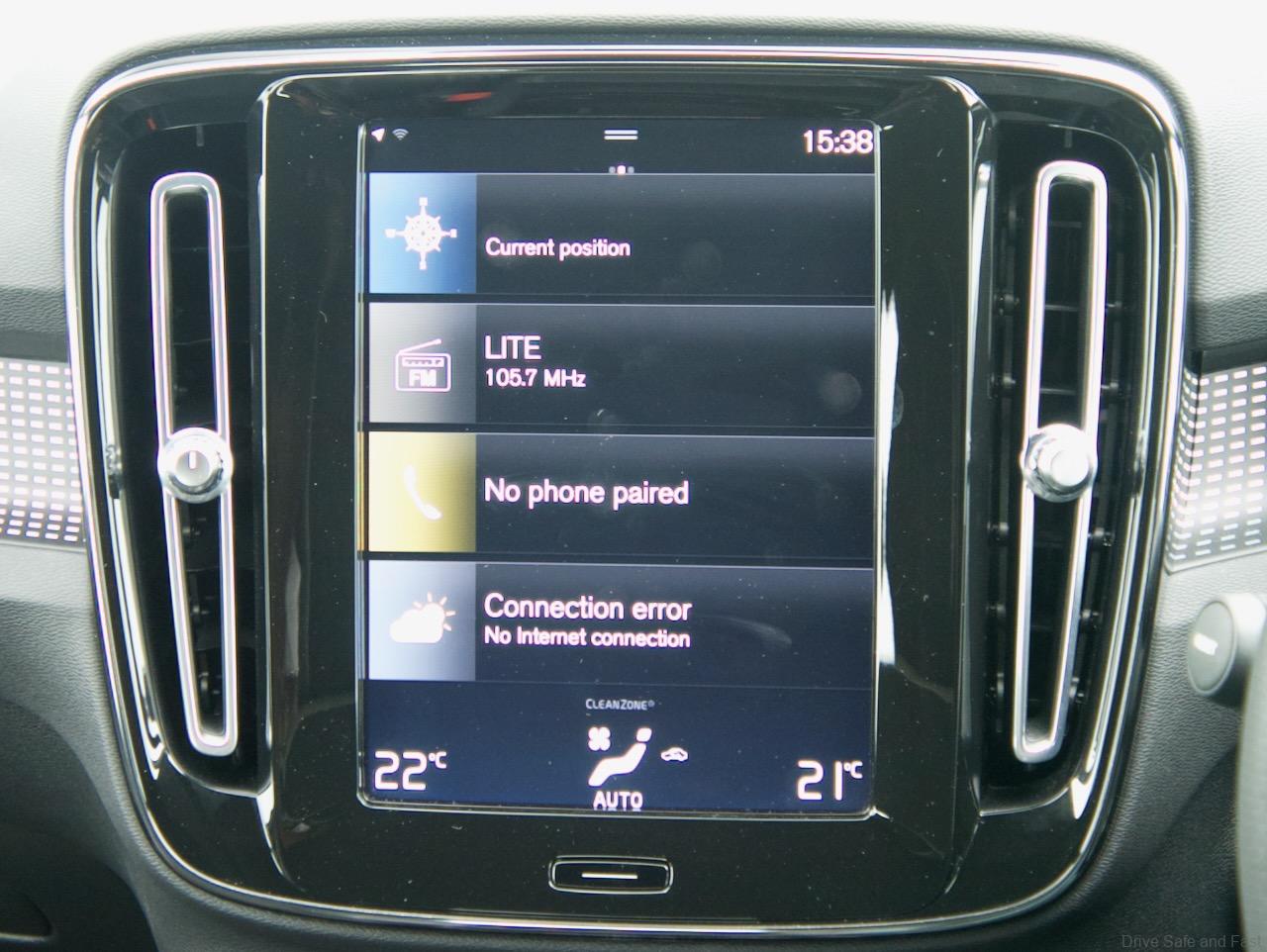
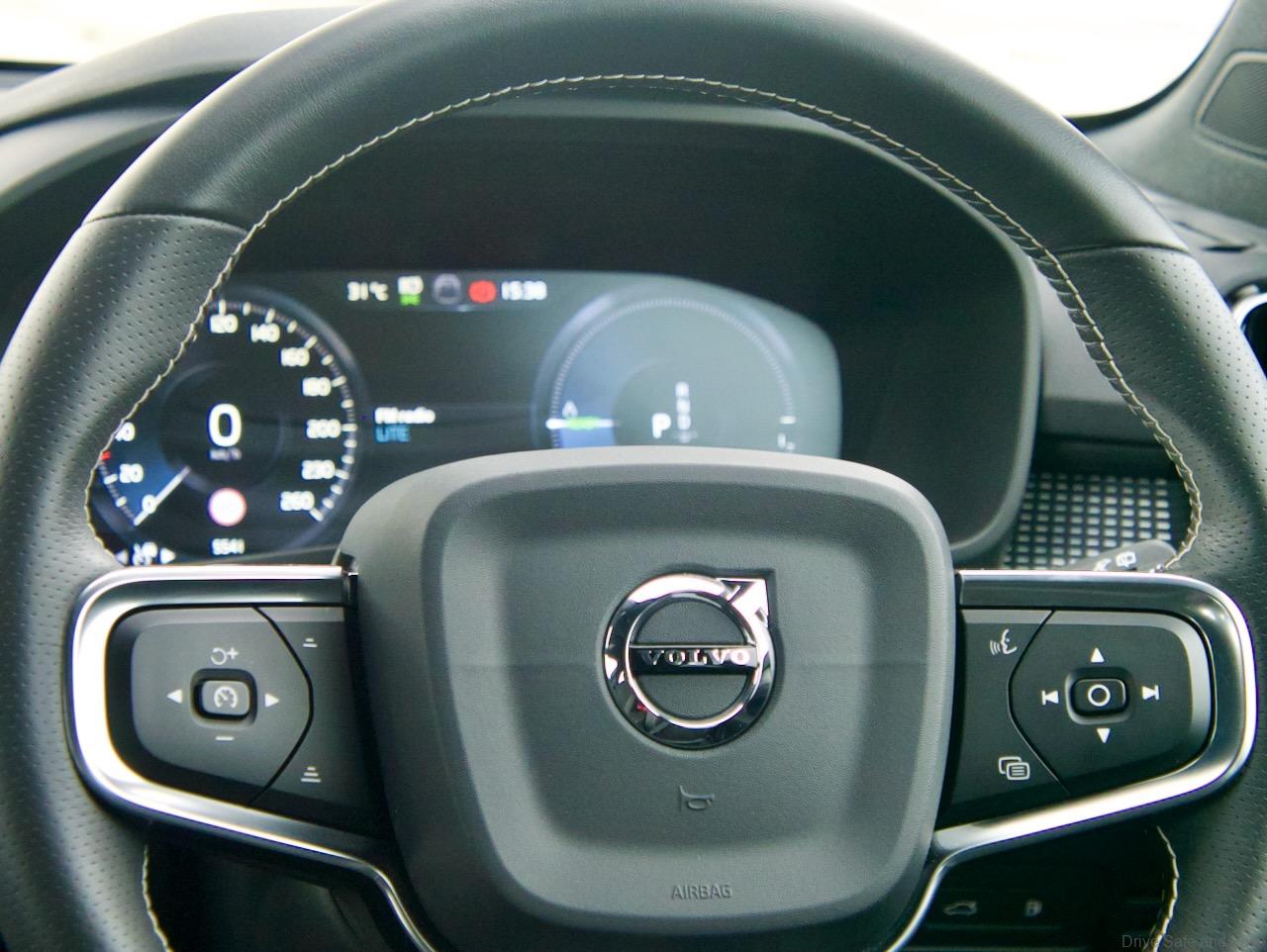
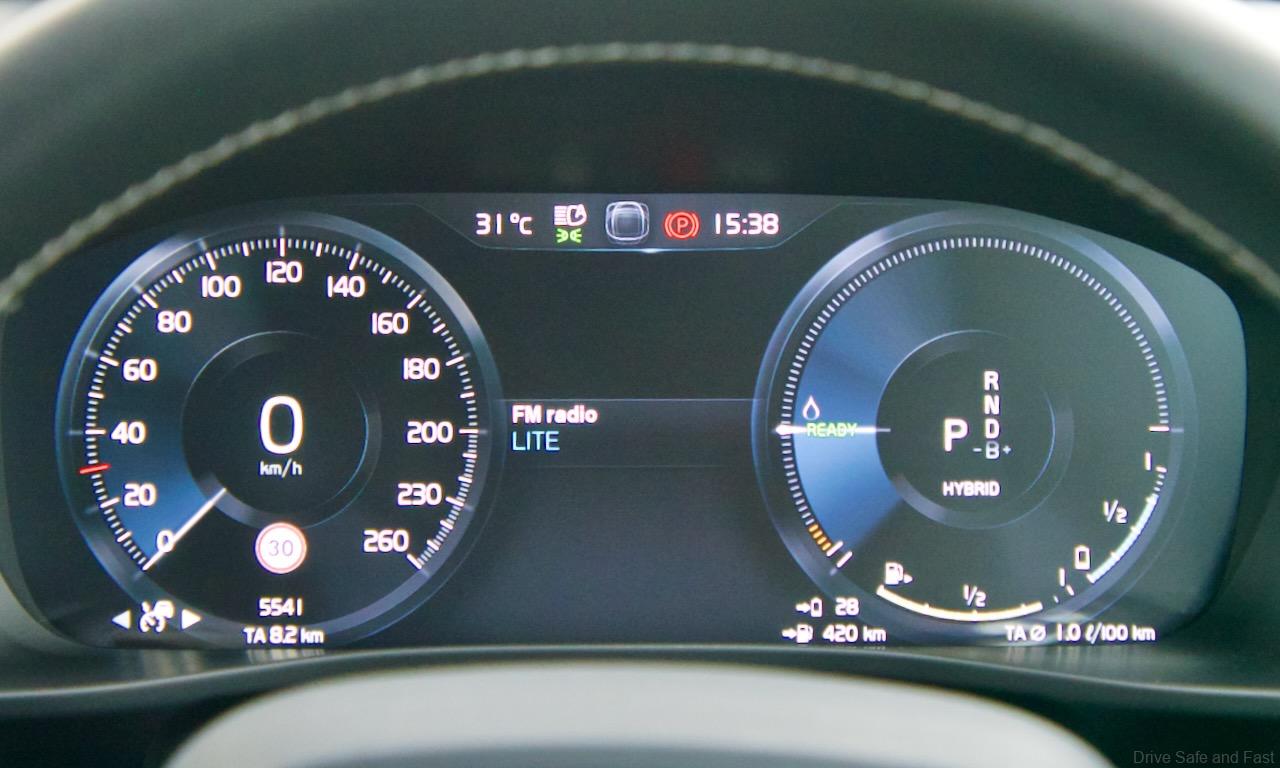
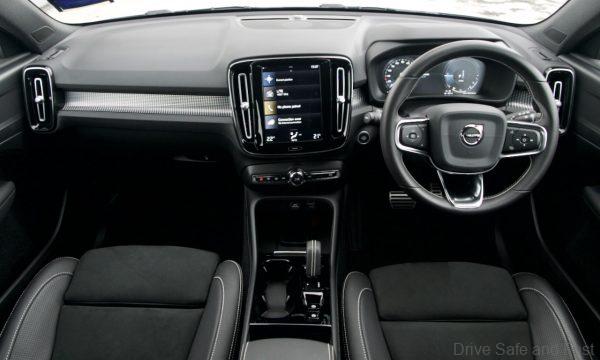
Thirdly, it does present some petrol savings for heavy city-driving users and with that comes fewer carbon emissions than the petrol model. Volvo Car Malaysia is clearly targeting consumers who are more aware of environmentally problems and want to do their part and this may not be such a bad way to go about it.

Overall, there’s nothing really wrong with the XC50 T5 Recharge. It builds on the successful packaging of the 2018 petrol model and enhances things with a spark of electricity and a new 1.5 turbo and 7-speed DCT.
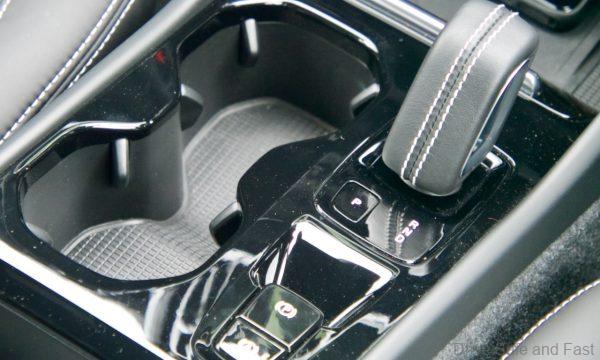
However, we must now talk about why it’s inferior to the petrol model in a lot of ways. And this isn’t just me being someone who refuses to move with the times. These are objective observations about the product, granted some of them might be a little minor, but they’re still real difference between these two variants of the XC40.
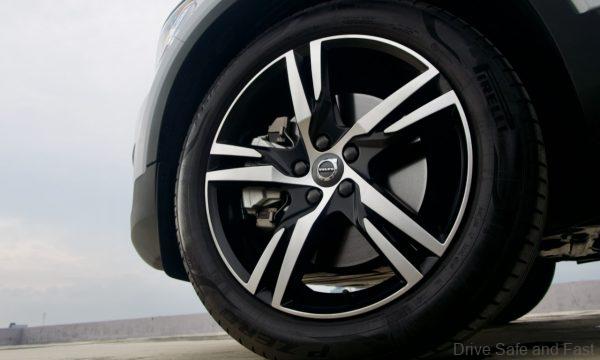
The first thing to note of is that the boot. The petrol version comes with a cleverly designed folding boot floor that can be propped up to serve as a cargo divider. This boot floor folds and lifts clearly out of the way to reveal a large underfloor compartment. And under this compartment is the spare tyre. On the plug-in hybrid model, the boot floor is a single solid piece that hinges at the end. Because of the limitations of the boot, the boot floor doesn’t even lift open by a large angle, making access to the underfloor compartment a little tougher. What’s more, the underfloor compartment is used as the default charging cable storage area. Oh, and they’ve removed the spare tyre on the PHEV model too.
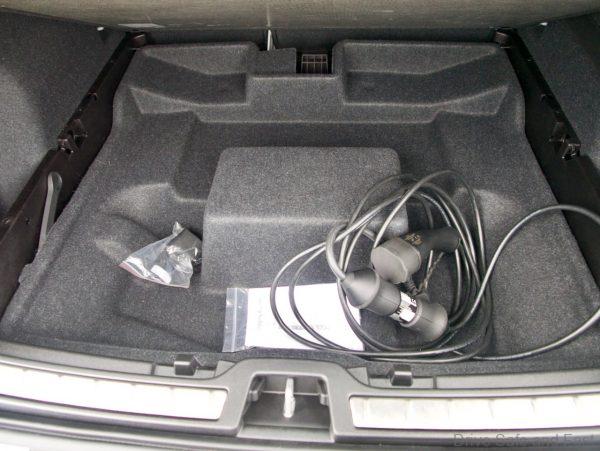
The second thing to note of is that the new powertrain, while more torquey than the 2.0L turbo T5, doesn’t quite translate to better performance. It’s a whole second slower from 0-100km/h than the petrol model, probably due to the extra weight of the battery pack. The petrol version comes with an all-wheel drive system, and this probably also contributes to its more brutal acceleration.
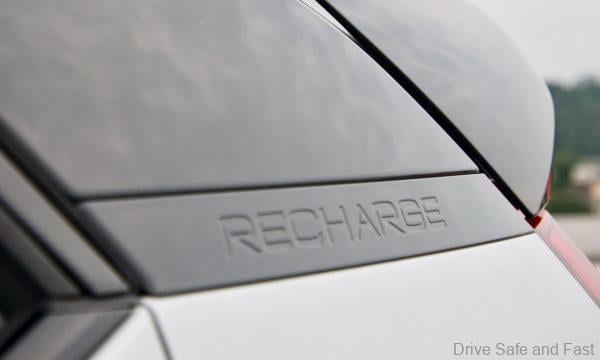
And on a more subjective note, the 1.5-litre 3-cylinder is a tad rougher than the 2-litre 4-cylinder at idle when the vehicle is manually set to ‘Charge’ the battery pack. In most default modes, however, the engine in the T5 Recharge automatically turns off at lower speeds. But it’s a real and observable difference that I can’t ‘unsee’.
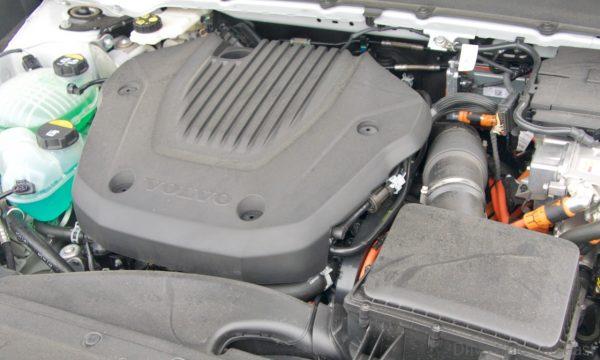
The final difference is extremely minor and can probably be ignored by most potential buyers. There’s no removable bin in the centre console for the PHEV version. This is because the hybrid battery pack sits between the front seats and takes that space up.

While these differences might be ridiculously small, the thing that really should matter is that the Volvo XC40 T5 Recharge costs about RM10,000 more than the Volvo XC40 T5 AWD petrol. Both vehicles come with the same R-Design kit and almost identical equipment otherwise.
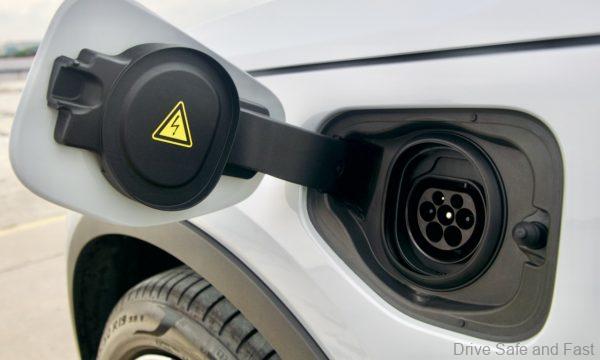
To me, all of these factors should push more potential buyers of the XC40 toward the petrol model rather than the PHEV model. But what do you think? Does the RM10,000 difference disappear with enough daily charges at home? How many customers can or will commit to plugging in their XC40 T5 Recharge every night after sitting in traffic for an hour? It’s not a bad car, but the petrol car is a slightly better deal.
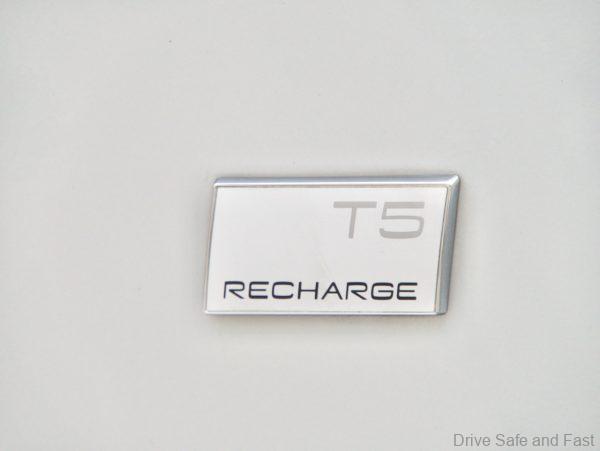
Volvo XC40 T5 Recharge R-Design Specifications
Engine: Inline-3, 12-Valve, DOHC, Petrol, Turbo
Capacity: 1477cc
Gearbox: 7-speed Dual Clutch Automatic
Max power: 177hp @ 5,800rpm
Max torque: 265Nm @ 1,500rpm
Top Speed: 180km/h
0-100 km/h: 7.3 seconds
Price: RM241,997

















